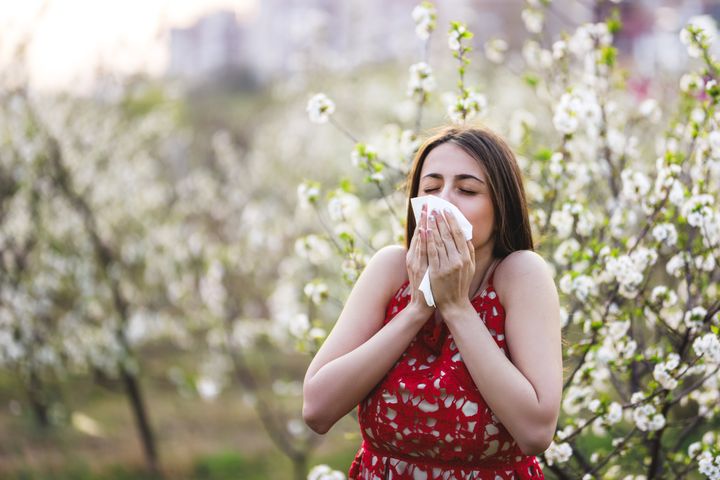
Everyone seems to be sniffling this year, complaining about scratchy eyes and throats while cursing the outdoors and 2022′s very high pollen count.
Yep, it’s hay fever season, but it seems particularly nasty this year.
According to past research, it all comes down to male trees.
Hay fever is usually associated with grass (active from May until July), but many people are just as sensitive to tree pollen, which is released by male flowers between February and June.
And it seems city planners have intentionally planted more male trees in urban areas all over the world, in what has been dubbed “botanical sexism”.
Let us explain...
Simply put, there are three sexes among trees – those which produce male flowers, those which produce female flowers and those which produce both.
These three sexes usually work together to produce an equal balance, but this may have been disrupted in recent years due to urban planning.
Horticulturalist Tom Ogren told Wired in 2020 that more diverse landscapes with a range of species are “quite often allergy-friendly”.
Male trees do not produce fruits, seeds or pods like their female counterparts, meaning there is less debris where these trees grow – but they end up releasing plenty of pollen into the air instead.
Flowers from the female trees are needed to capture the pollen, to bring it down to normal levels.
Ogren dubbed this preference for male trees “botanical sexism” and even found a note in the 1949 USDA Yearbook of Agriculture which said that “only male trees should be selected to avoid the nuisance from the seed”.
Through his own research, he found cities all over the world appeared to have followed this advice.
He also suggested that cloning male trees was easier than waiting for trees of different sexes to pollinate and grow naturally.
There are some other factors at play too, though
Yeah, unfortunately this is yet another thing which can be traced back to the climate crisis.
Met Office Relationship Manager for health and air quality, Yolanda Clewlow, suggested this year’s high pollen levels have been exacerbated by the weather.
“In terms of the numbers of pollen grains in the air, what we’re seeing isn’t especially noteworthy compared to what we’ve had in previous years.
“However, the potency of these pollen grains could be more intense this year, and that comes down to the weather we’ve had in spring.
“A warm and wet May, coupled with a relatively warm spring, means there’s a chance that the pollen that has developed is particularly potent, even if the amounts aren’t dramatically different.”
The warmer weather means plants are more productive for longer, with the UK having an extra month of productivity compared to 30 years ago, according to the Met Office.
Then there’s the air pollution element too – more CO2 drives more pollen production, as it encourages plants to bloom.
Air pollutants have been blamed for exacerbating pollen allergies as well, as they can attach themselves to pollen grains, forcing them break into smaller pieces – this opens up the centre of the pollen which is more allergenic.
The number of hay fever sufferers is climbing
Two years ago, a study from Allergy UK and Kleenex found up to 49% of the British population reported suffering from hay fever symptoms. This is quite the contrast to the 1970s, when around 10% suffered from hay fever in the UK.
The same survey also found up to 37% of Brits had developed symptoms for the first time in five years.
Worldwide, more than 400 million suffer from hay fever, 300 million have asthma (considered an effect of hay fever).
Ogren actually warned that unless action is taken and more female trees – or trees which produce male and female flowers – were planted, “we’re coming up with a recipe for terrible [allergy] disasters in the future”.